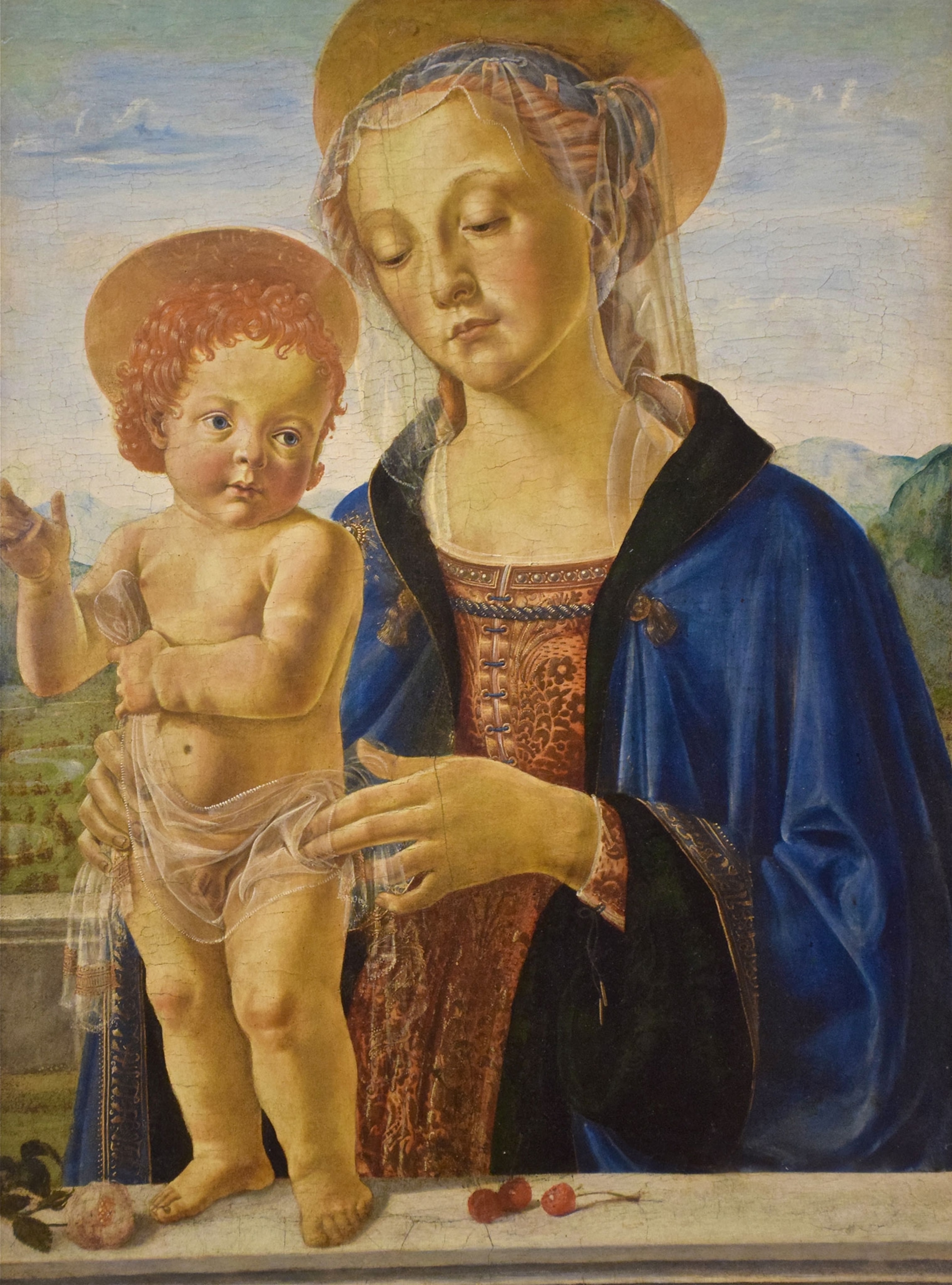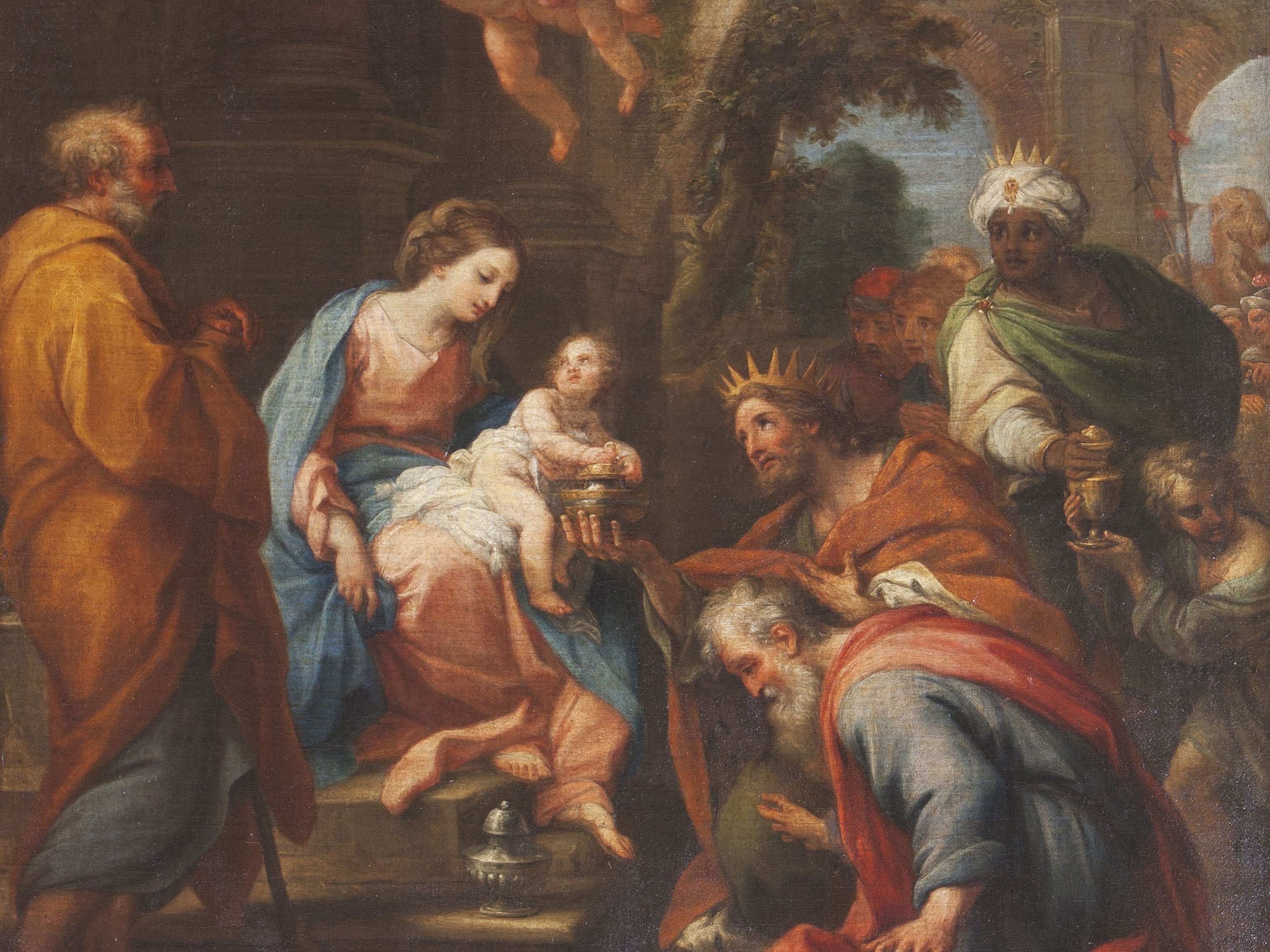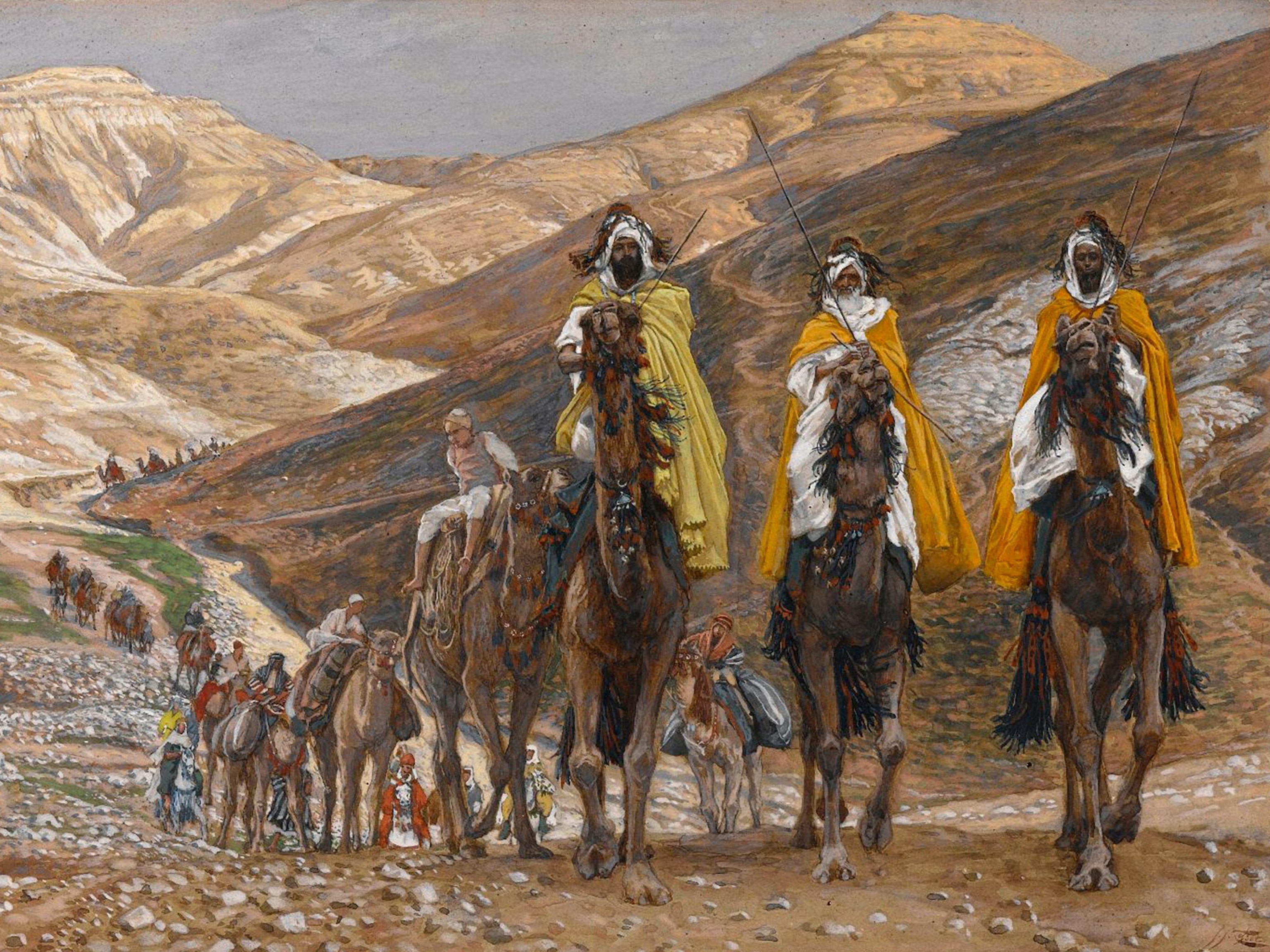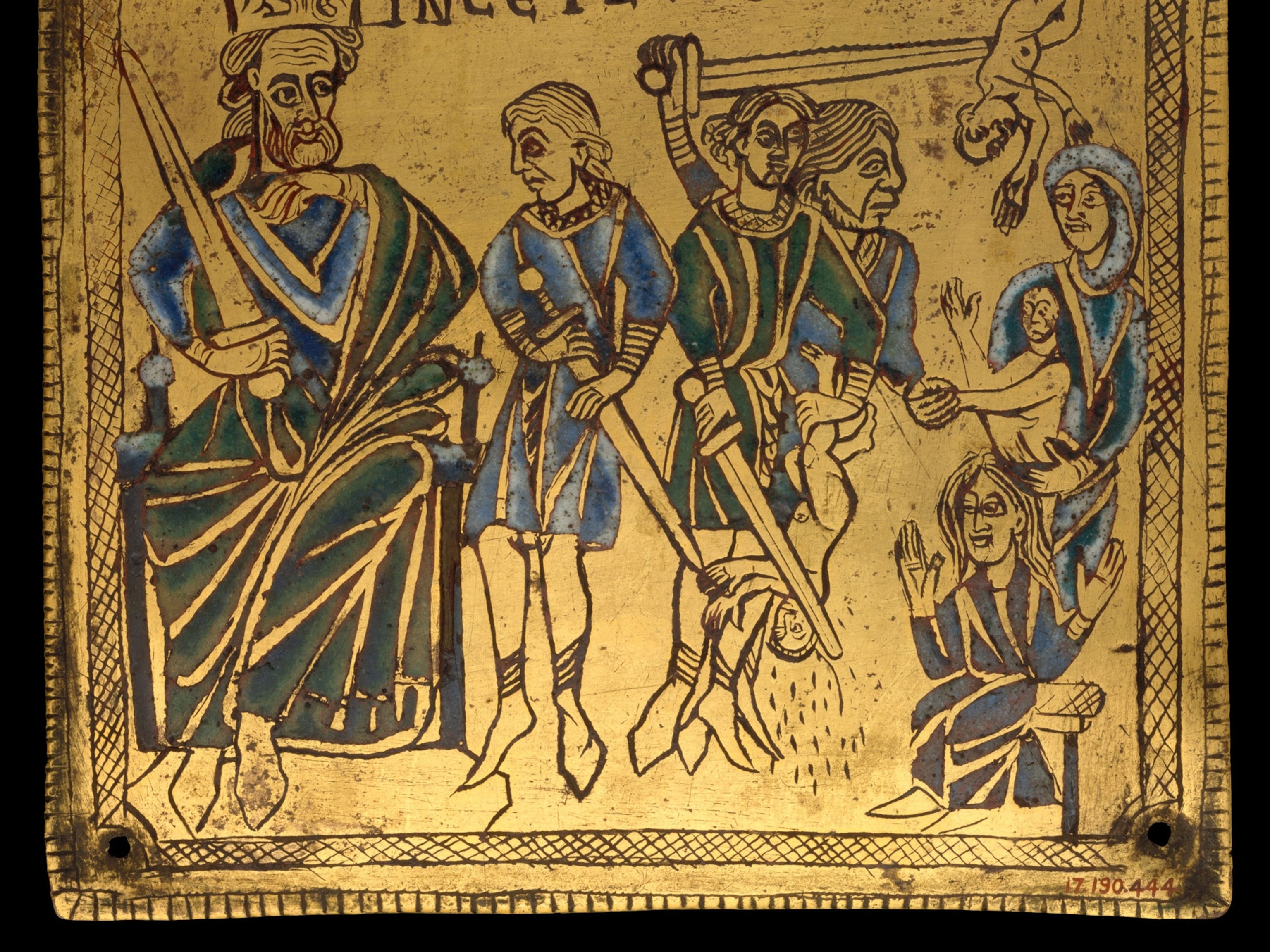How Jesus's childhood influenced the Gospels
Although much of Jesus's adolescence is a mystery, scholars theorize how his start as a young rabbi—and most likely farmer—impacted his later teachings.

For 33 days after giving birth to Jesus, Mary was not allowed to touch anything holy. Then, to restore her state of purity, Mary and Joseph made an offering in the Temple. Luke confirms that Mary and Joseph were poor because instead of a lamb they offered “a pair of turtledoves or two young pigeons,” the lesser sacrifice allowed for poor couples (Leviticus 12:6-8). (What archaeology is telling us about the real Jesus.)
And then, says Luke, “the child grew and became strong, filled with wisdom; and the favor of God was upon him” (Luke 2:40). The young boy would have helped his father Joseph with his daily work, because male children in Galilee were expected to follow in the trade of their fathers. Mark tells us that, years later, when Jesus returned to his native Nazareth after the launch of his ministry, the people of his hometown were astonished by his words. “Is this not the carpenter, the son of Mary and brother of James?” they asked (Mark 6:3). Mark uses the Greek word tektōn, which has traditionally been translated as “carpenter,” but actually means a “worker” or “journeyman” in stone, wood, or metal. Workable wood fit for carpentry was rare and expensive in Lower Galilee, and probably beyond the reach of most farmers.
According to the first-century c.e. Jewish historian Josephus, almost everyone in Galilee supported his family with agriculture. Indeed, many of Jesus’ future parables use the language of the fields and orchards rather than that of a carpentry shop. This has prompted some scholars to suggest that Joseph was a farmer, who perhaps augmented his income with his woodworking skills. If that’s true, then Jesus would have witnessed the rituals of cultivation—sowing, reaping, and harvesting—in his childhood. (See how the Bible became a holy book.)

Luke says that when Jesus was 12 years old— around 8 c.e., if we assume that Jesus was born in the last year of King Herod’s reign—his parents took him to Jerusalem once more. The occasion for this journey was the Passover festival. They stayed in Jerusalem, visited the Temple, and eventually got ready to return home. Because they were traveling among other pilgrims from Galilee, including friends and relatives, Joseph and Mary were not surprised when they did not see Jesus walking nearby. But when they had gone a day’s journey without seeing him, they became worried and decided to rush back to Jerusalem. After three days, they found their 12-year-old sitting in the Temple, engrossed in debate with scholars and teachers of the Law.
Why were you searching for me? Did you not know that I must be in my Father’s house?Jesus, Luke 2:48-49
Apparently, the learned men were amazed by Jesus’ knowledge and understanding of the Torah. Relieved and upset in equal measure, Mary told him, “Why have you treated us like this? Look, your father and I have been searching for you in great anxiety.” Jesus looked up and replied, “Why were you searching for me? Did you not know that I must be in my Father’s house?” (Luke 2:48-49). (Follow a theme-park Jesus who heals up to 40 people a day.)
Luke’s story of the 12-year-old Jesus debating scholars in the Temple raises a question: Where did he get his education? The Talmud suggested that every town should have a Bet ha-Sefer, or “House of the Book,” where boys could be taught in the Law. This, however, was more of a pious ideal than actual practice. Nevertheless, Jesus’ knowledge of the Torah must have been considerable because he is often referred to as a rabbi or teacher in the Gospels.






